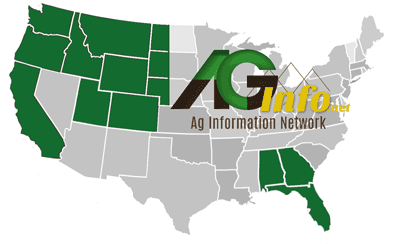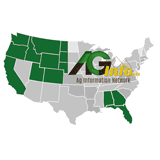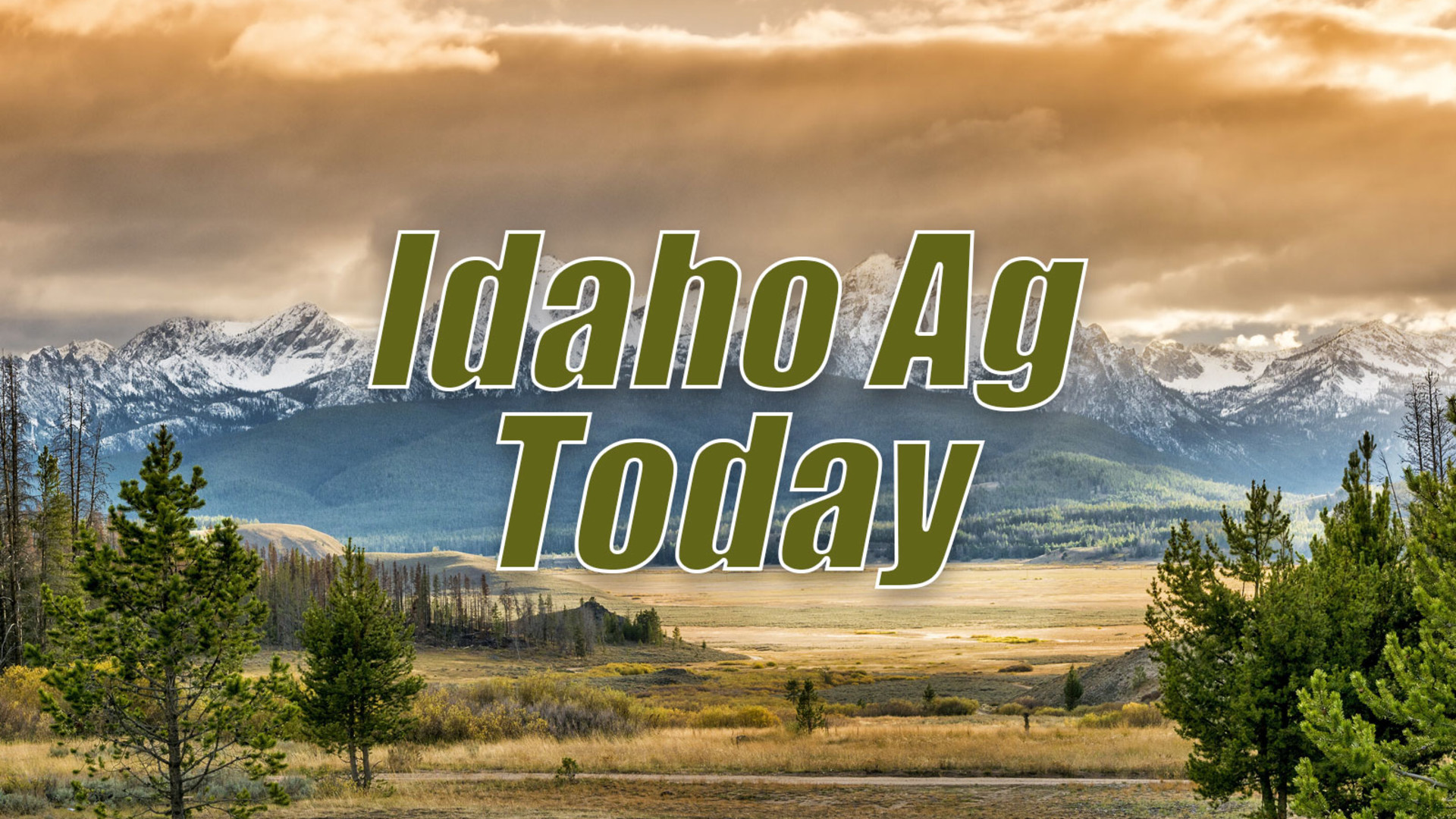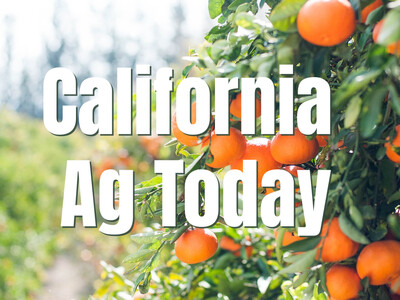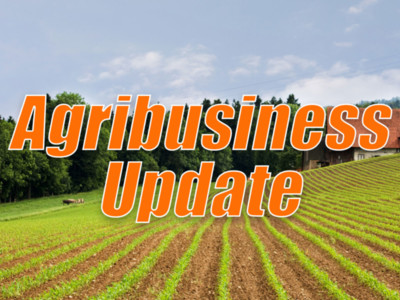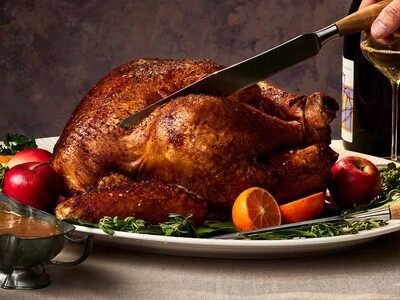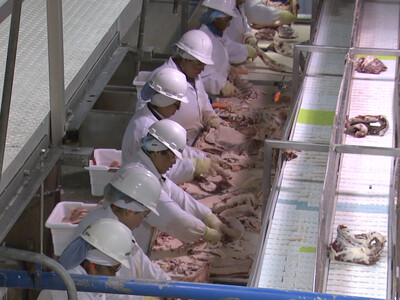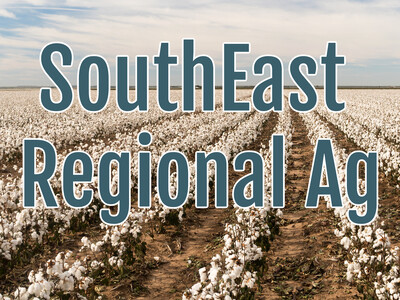Idaho first in Barley
The top barley state is, again, IdahoIdaho again led the nation in barley production this year, although the state’s total was down a little compared with last year. However, Idaho’s share of total U.S. barley production increased this year, as farmers in the Gem State produced record yields.
Idaho produced 39 percent of the nation’s barley crop in 2025, compared with 38.7 percent in 2024, and has led the nation in barley production for the past 13 years.
Idaho overtook North Dakota as the nation’s top barley producing state in 2011 and, after falling to No. 2 in 2012, regained the No. 1 spot in 2013 and has since solidified that top ranking.
According to USDA’s National Agricultural Statistics Service, Idaho farmers harvested 490,000 acres of barley in 2025, down from 510,000 acres in 2024. However, barley yields in Idaho averaged a record-tying 112 bushels an acre this year, up 3 bushels from last year.
NASS estimates total Idaho barley production this year at 54.9 million bushels, down from 55.6 million bushels last year but well ahead of No. 2 Montana, which produced 31.6 million bushels this year. North Dakota came in at No. 3 with 28 million bushels.
Those three states combined produced 81 percent of the U.S. barley crop in 2025. Total U.S. barley production in 2025 was estimated at 140.8 million bushels, down 2.5 percent from 2024.
Average barley yield in the U.S. was 80 bushels an acre, while Idaho tied its record of 112 bushels an acre from 2023.
“From what I’ve seen and heard, this year’s barley crop looked really good,” said East Idaho farmer Justin Place. “Everybody I’ve talked to has said they’ve seen good, high yields this year and the quality was good also.”
Place said barley yields on his farm were up close to 25 bushels an acre.
“It was a really good year for barley production in Idaho,” said Rupert farmer Mike Wilkins. “Our yields were good and the quality was there.”
Barley yields in the Magic Valley and East Idaho were great in 2025, said Brett Wilken, who oversees Scoular’s Barley MVP program. He said several farmers exceeded 200 bushels an acre this year and yields were over 250 bushels in a few fields.
“Spring and winter barley yields were extremely good; our best ever,” he said.
Idaho’s average yield of 112 bushels an acre this year is for all barley acres, irrigated and non-irrigated.
Most barley grown across southern Idaho is irrigated with water released throughout the summer from reservoirs. In the northern part of the state, a lot of barley is grown under dryland conditions, meaning farmers rely on what the weather provides each year.
Yields in some areas of North Idaho were down this year, said Josh Jones, who farms east of Moscow. After barley on his farm was seeded, the area only received half an inch of rain until harvest.
“That doesn’t grow a good crop,” Jones said. “We were a bit depressed on yields this year.”
About 70 percent of the barley produced in Idaho is malt barley, which is a critical part of the beer-brewing process. The rest is used for human food or animal feed.
According to Idaho Barley Commission Executive Director Laura Wilder, Idaho’s contracted malting barley acres were down some from 2024, while there was a small increase in contracted food barley acres.
“Overall, most growing regions in Idaho had near ideal growing conditions this year for winter and spring barley, with some cool weather in early May and then warm, dry weather through harvest,” she said.
Wilkins said if the temperature gets over 100 degrees when barley is maturing, it knocks the yield down. That didn’t happen this year, he said.
“We weren’t hot-hot,” Wilkins said. “We didn’t have those 100-degree days. The weather was right … and it was a great year.”
While that is true agronomically, he added, the price that farmers are receiving for their barley right now is not ideal and way down. Wilkins said that three years ago, his farm was getting $17 per hundredweight (cwt) for his barley. This year, that price is closer to $11.
At the same time, the cost to produce barley continues to increase, he said.
“You start taking $6 (per cwt) off, that’s a lot of money per acre,” Wilkins said. “And just because you get less money doesn’t mean your input costs go down.”
Wilder said steadily increasing barley yields can be contributed to a few major factors.
“Improved barley varieties, as well as research on best agronomic practices, by both private companies and public research including projects funded by the Idaho Barley Commission with grower dollars, have significantly contributed to higher barley yields in recent years,” she said.
Since Idaho became the nation’s top barley state, it has continued to increase its percentage of total U.S. production. Idaho produced 31.9 percent of the nation’s total barley crop in 2013 and 39 percent this year.
The reason is that the major players in the barley industry recognize that Idaho is a great place to grow barley, Wilder said.
“Idaho is known worldwide for its consistent supply of high-quality barley due to our excellent soil, high desert climate and available irrigation water,” she said.
